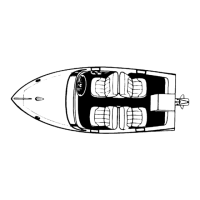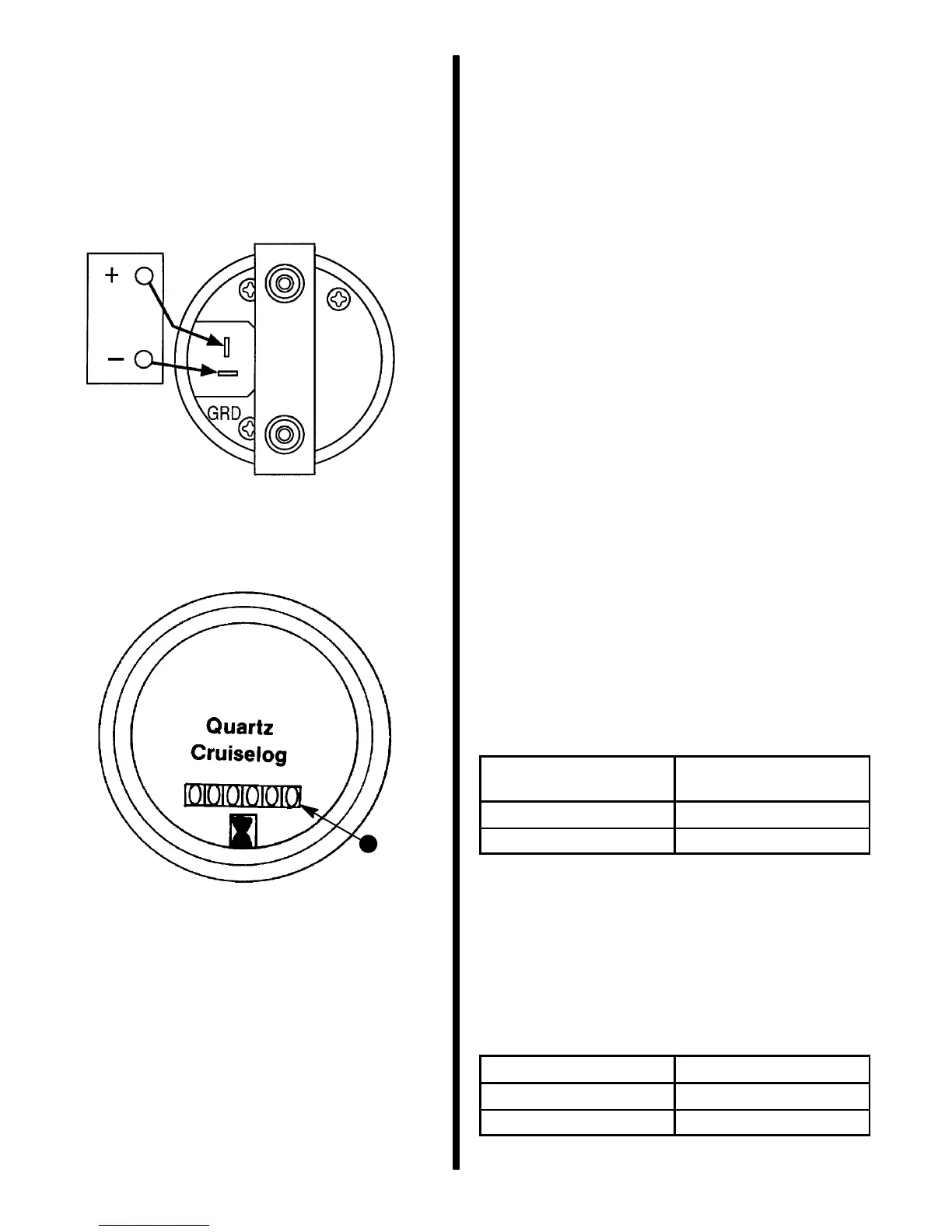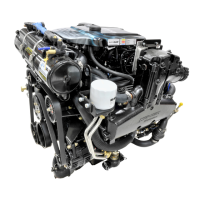4D-4 - INSTRUMENTATION 90-823225--1 1096
Cruiselog Meter
TESTING
1. Connect jumper wire from negative (–) battery
terminal to negative (–) gauge terminal.
2. Connect jumper wire from positive (+) battery ter-
minal to positive (+) gauge terminal.
72752
3. Observe gauge run indicator. If indicator is turn-
ing, gauge is operable; if not, replace gauge.
72753
a
a - Indicator
Vacuum Gauge
TESTING
1. Disconnect vacuum hose from engine. Connect
service vacuum gauge to engine and record en-
gine vacuum readings at idle, 1000, 2000 and
3000 RPM. Reconnect vacuum hose and com-
pare vacuum gauge readings (at specified RPM)
with service gauge readings. Readings should be
within 3 inches of vacuum of each other.
IMPORTANT: Make sure that vacuum hose be-
tween gauge and engine is not leaking and that
all connections are tight.
Speedometer
TESTING
IMPORTANT: When testing speedometer gauge
for accuracy, the air supply used for the test must
be regulated to the specified air pressure. Do not
apply excessive air pressure to speedometer
gauge.
1. Apply air pressure directly to speedometer gauge
(specified in chart) and note gauge reading. Light
tapping of pressure gauge is required during ac-
curacy check.
2. If gauge readings are not within specifications,
gauge is defective.
CALIBRATION CHART
Air Pressure Guage
PSI
Speedometer Gauge
MPH (km/Hr)
5.3 20±2 (32±1.6)
27.8 45±1 (72±1.6)
Tachometer
TESTING
1. Connect a service tachometer to engine and
compare readings.
2. Replace if not within specifications.
Tachometer Allowance
6000 RPM ± 150 RPM
8000 RPM ± 200 RPM

